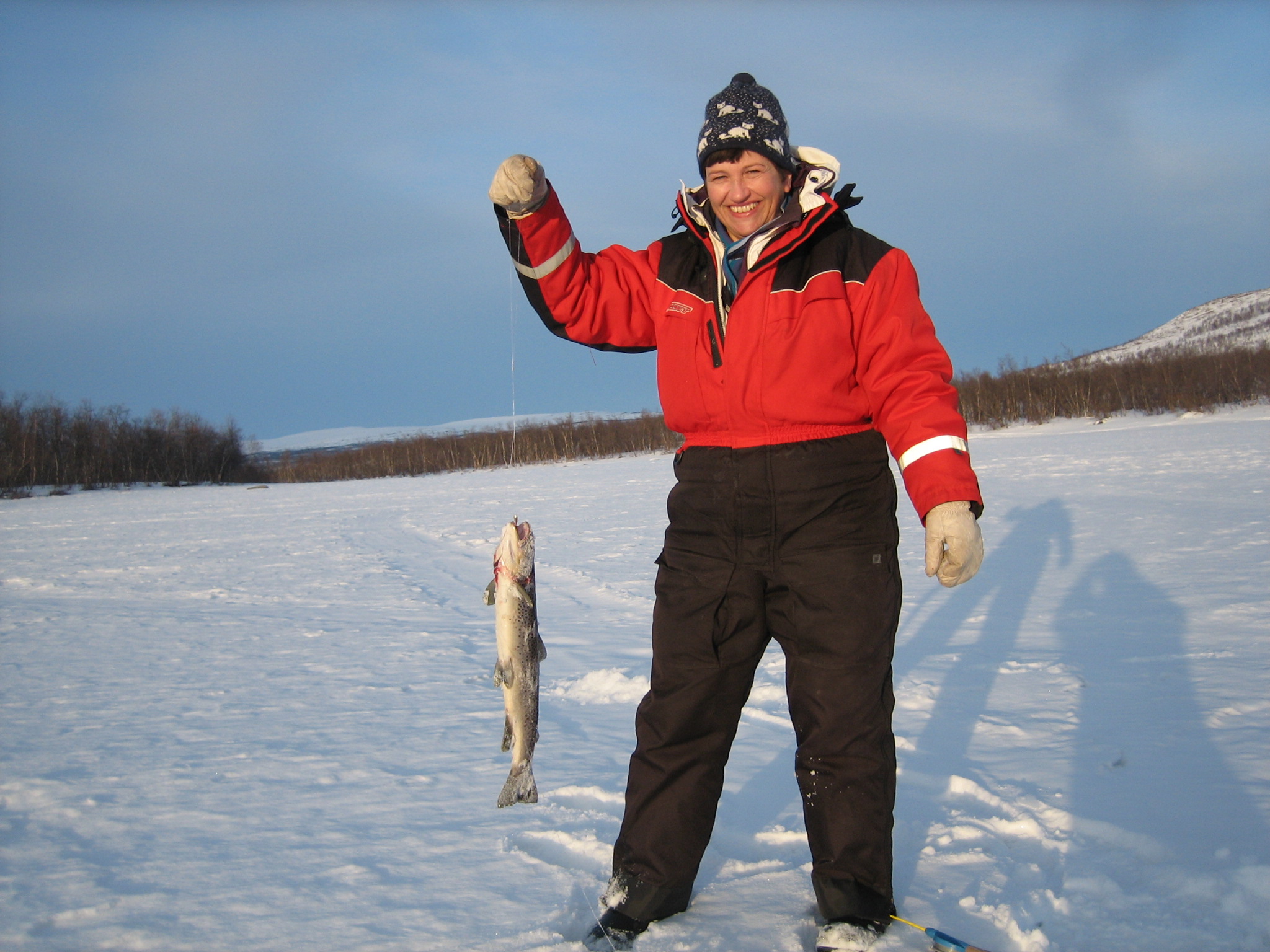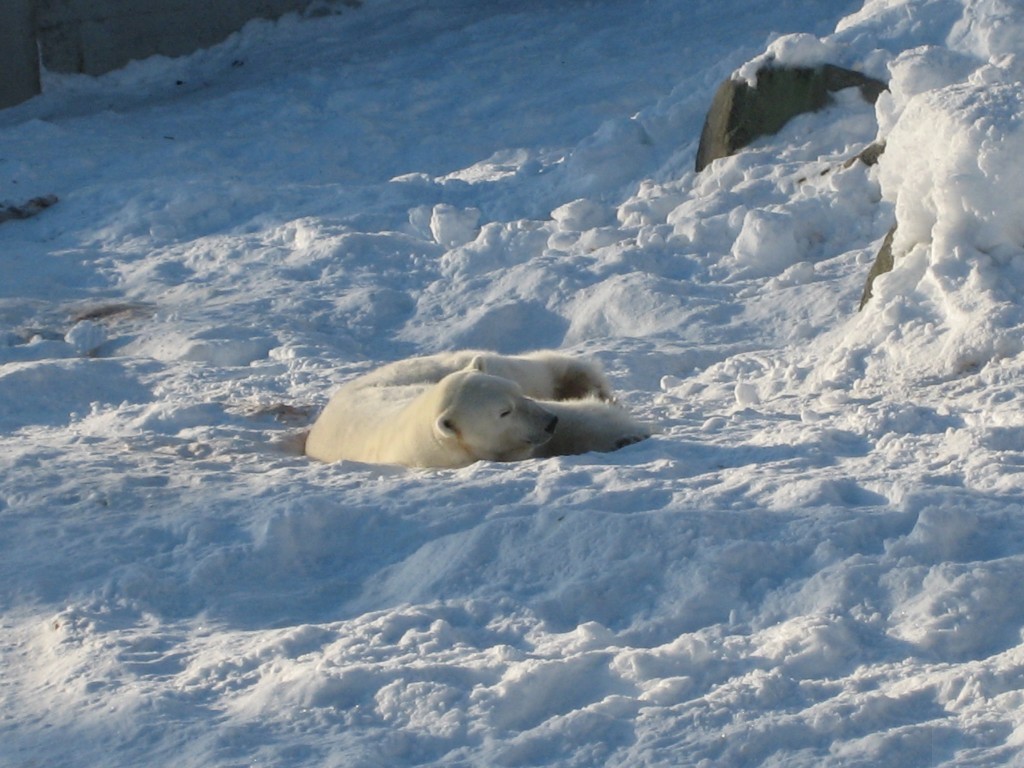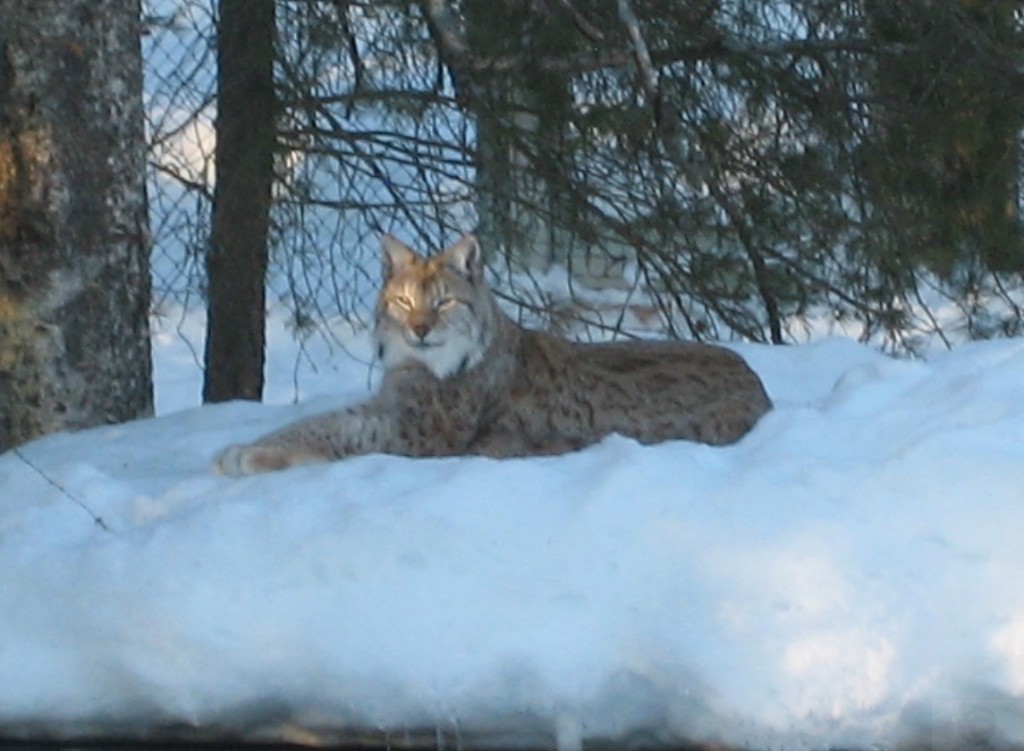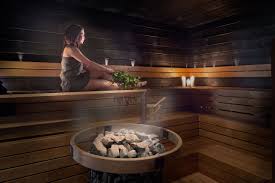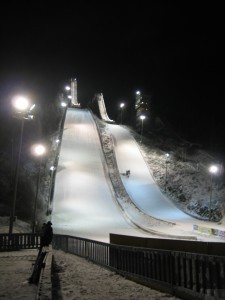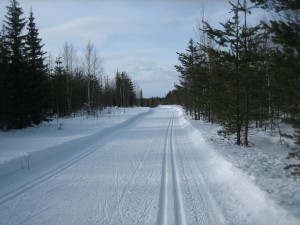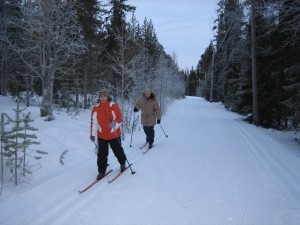Last autumn and this winter have been active periods for Northern Lights. I have, myself, seen the most spectacular Northern Lights in October and November, but I have not got the camera equipment so I could take my own pictures, yet. I have to look at pictures taken by other people, and also use those in my blog. There has been activity during winter and kaamos time, too, but often it has happened when there was a cloudy sky in Rovaniemi and the chances to see Northern Lights have not been so good for a while now.
Instead I have been fascinated reading ancient stories about the Samis and the Northern Lights. The story about Niekija is one of them.
Northern Lights are called Guovssahasat in Sami language. There is a possibility to see the Norther Lights during approx. 100 nights a year. The Samis used to think that the Northern Lights were living beings with a soul and ability to hear and understand the humans. The Skolt Samis belive the lights are souls of people who were killed in a war. Other Samis believe the Northern Lights are gas coming up from the seas or the lakes. In the northern Finland people used to think the Northern Lights were made by the Fire-fox running over the lands swinging its red tail around it.
In the old days the women did not dare to go out without a hat or a cloth on their head. They were afraid their hair could catch fire from the Fire-fox. The Samis imagined they could hear the Northern Lights talk. During the faster movements of the Norther Lights no-one was allowed to make noises or talk loud. And you could not point them with your finger either. If you insulted the Norther Lights you could be attacked by them and punished.
A long time ago there were two reindeer herders in Lapland. They were brothers. The younger brother was killed by the Northern Lights, the Guovssahasat, because he had made too much noise with his yoiking and he had insulted and teased the Northern Lights. They came down on him and killed him.
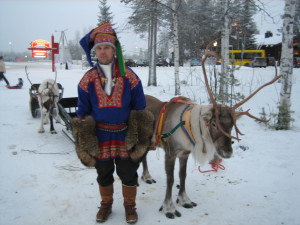
The Northern Lights come in different shapes and colors and they also appear in different places of the sky. You can also predict the coming weather from them. High Northern Lights formed like ribbons above your head predict a switch in the weather conditions.
Flaming Northern Lights high up in the sky predict mild weather and snowfall. If you can see them only in the north direction they predict a coming cold weather. The red color predicts warmer weather and the white tells you it is going to be cold.
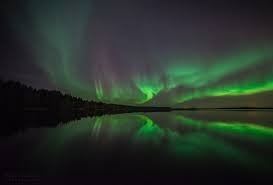
In old times the moon was named Aske in Sami land. Nowadays it is called Mánnu. The Samis tell a story about Niekija, the daughter of the moon, who fell in love with the Northern Lights. She was very pretty with a round face and red cheeks and her hair had the color of silver. The story tells she shined and glittered when she moved.
One day the Sun, Beaivvás, heard about this daughter of the Moon and how beautiful she was. The Sun thought his son, Peivalken, should travel to the land of the Moon and ask Niekija to be his wife. As soon as Peivalken saw the beautiful Niekija he immediately fell in love with her. He asked her: “Would you, my beautiful, fair maiden, try my golden boots on?” Niekija was shy and got all red in her face by the question from Peivalken, but she still tried his boots on. But the boots were hot and burned the toes of Niekija! “Oh, how these boots burn and hurt me!” cried Niekija and run away.
Niekija escapes and hides herself and waited for the nightfall, when Mánnu, the Moon, would travel the skies. Mánnu takes her to an island, where there was a kota, a goahti, where she could rest. But suddenly, at midnight, someone comes in to the goahti! It was a group of youngsters, led by the famed Náinnas, the Northern Lights. Náinnas moved around the dark walls in the goahti. His shadows shined like silver. He could feel there was someone looking at him from inside the goahti. So he cried out: “Whoever you are, show yourself to me! If you are an old woman, you are probably my mother and if you are the same age as me you must be my sister. If you are younger than me, you are my future fiancée!” And Niekija answers: “It is only me! Here I am!” And in that moment the first rays of the morning star gently pass through the goahti and Náinnas got a close look at Niekija for the first time.
Náinnas immediately falls in love with Niekija and asks her to marry him and Niekija accepts to be the wife of Náinnas, the Northern Lights. The life together with Náinnas was lonely for Niekija in the evenings, because Náinnas had to go to his brothers in the north, to the home of the Northern Lights, every night and run and play like flames together over the skies. Niekija would have liked to spend the evenings together with Náinnas in the goahti. She sat in the kota alone and fabricated a blanket from reindeer hides.
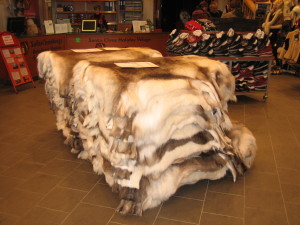
She made embroideries with the Milky Way and other stars. When ready she put the blanket up in the roof of the goahti so she could see the stars twinkling in the dark sky. The next morning Náinnas did not want to get up. He stayed in the bed looking at the stars and he never understood, that it was time for him to go and play with his brothers in his old home.
Niekija got up early and went out but she forgot to close the door behind her. At that moment Beaivvás, the Sun, rises early behind the mountains; red with flames. The Sun’s rays finally reached the open door of the goahti and woke up Náinnas with his golden eyes. Náinnas wakes up and realize it is already morning. He could see the Bear was already pulling the Sun along the sky path. The story goes that the Sun is pulled by the Bear in the morning. In the middle of the day a Hirvas, male reindeer, is pulling him and in the evening a Vaadin, female reindeer, is pulling the Sun along the path of the sky. (Ursa major=the big bear)
Náinnas wants to run away to his brothers to tell them it is time to return home already, but the Sun is waiting for him and presses him to the earth with his burning rays. Niekija throw herself upon Náinnas to prevent the Sun to manage to keep Náinnas down. And now Náinnas manages to escape from the rays of the Sun. But the Sun grabs the hair of Niekija and held her captive. After that the Sun calls for Peivalken, his son. But Niekija started to scream she hated Peivalken. She also screams to the Sun: “You may kill me if you wish, but I will never be the wife of Peivalken!” This got the Sun really furious and so he banished Niekija back to Mánnu, the Moon, her mother. Mánnu took Niekija into her arms and protected her. Niekija stayed with her mother, Mánnu. Niekija continues to watch the sky and the Northern Lights for ever; she never more takes her eyes from Náinnas. Here ends the story.
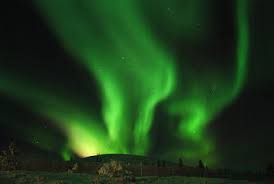


Revontulet 3, 5, 4 In different regions, the northern lights were given different names and also associated with different beliefs. For example, in Swedish, Norwegian, Icelandic and English, the northern lights are called northern lights. In various parts of Finland, the northern lights are called, for example, sky whites or Ruija whites. The sayings ‘the North is sailing’ and ‘välyt palaa’; (that means: the clearing made in the forest is burning) have also been used. In the Sami language, the aurora borealis is called by a word that means the Siberian Jay, the bird. Perhaps the motley plumage of a Siberian Jay is like the variegated colors of the northern lights, and the bird’s nimble movements are like a flock of northern lights.

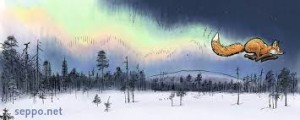
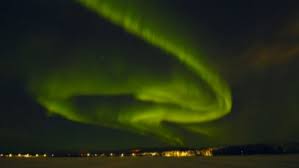

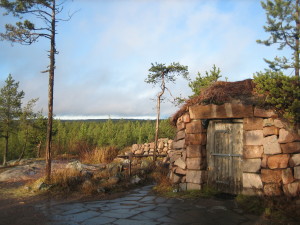
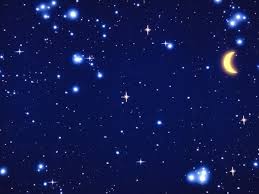
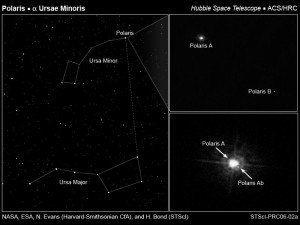


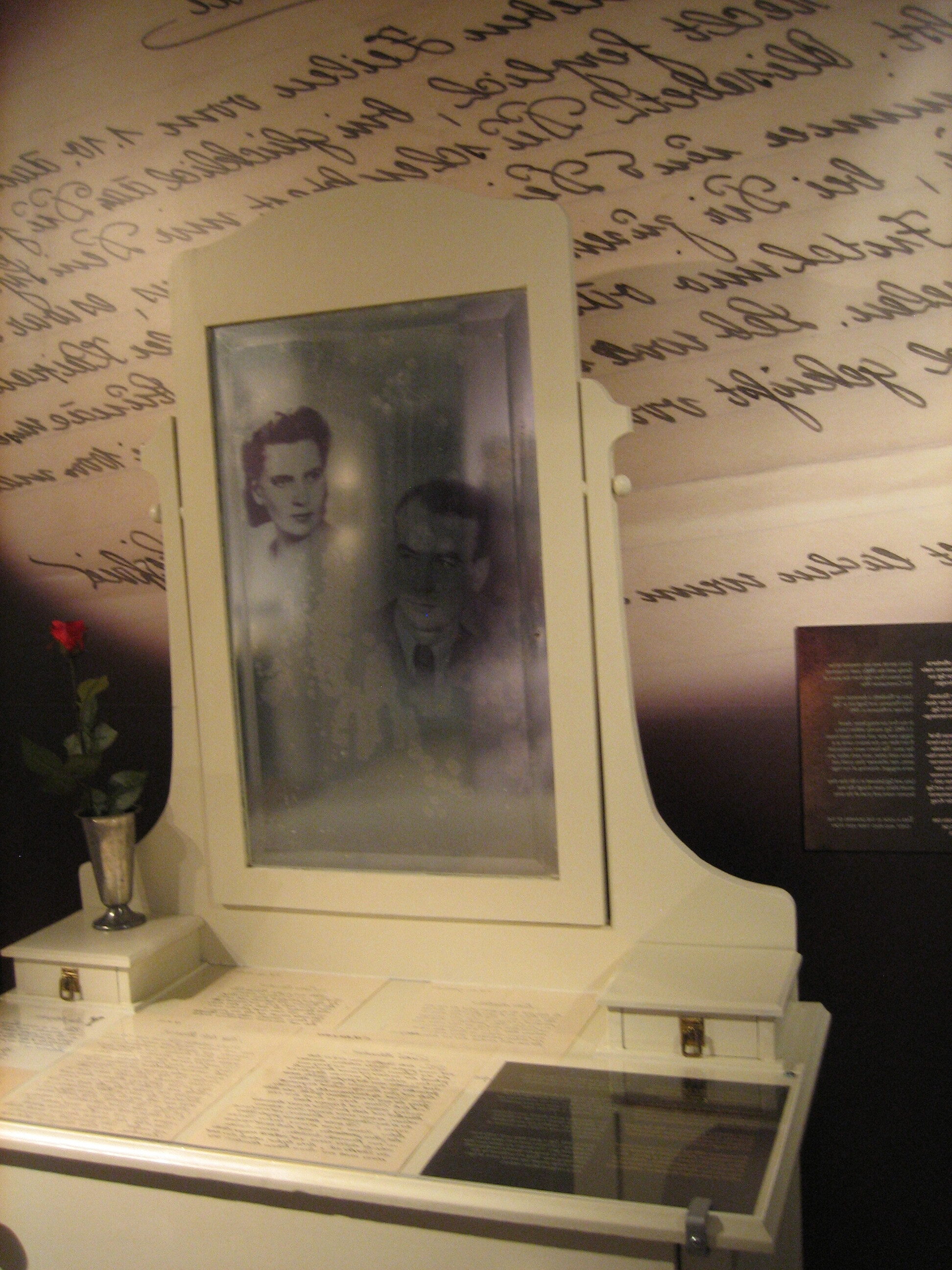





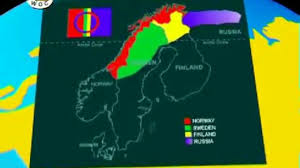




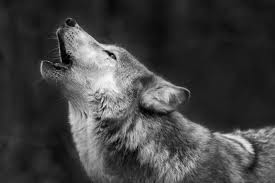
 hey mainly move around during the twilight hours and they can move over distances of tens of kilometers in a single day. An old traditional story tells that a wolf could move over nine treeless bogs (valleys) in one night. In a pack only the dominant alpha pair actually breed, but the pack help to raise the cubs. Three to six cubs are born to a pack each year. Females become sexually mature at the age of about two years, while males typically mature a year later. Wolves mate in February or March, and their cubs are born a couple of months later. Cubs usually leave the pack at the age of 1-2 years. They go far away from their birthplace searching for a mate and a territory of their own.
hey mainly move around during the twilight hours and they can move over distances of tens of kilometers in a single day. An old traditional story tells that a wolf could move over nine treeless bogs (valleys) in one night. In a pack only the dominant alpha pair actually breed, but the pack help to raise the cubs. Three to six cubs are born to a pack each year. Females become sexually mature at the age of about two years, while males typically mature a year later. Wolves mate in February or March, and their cubs are born a couple of months later. Cubs usually leave the pack at the age of 1-2 years. They go far away from their birthplace searching for a mate and a territory of their own.

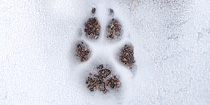 The coat is mainly yellowish-grey, but there are variations. People often mistake big dogs for wolves, and wolves can be most easily distinguished from wolf-like dogs by their slanting eyes – if you come so near you can see the eyes – and the way they hold their tails at a downward angle. Their tracks are very hard to tell apart from dogs’ tracks. Wolves often walk straight, while dogs tend to wander more. The wolves’ footprints are often larger than the footprint of dogs.
The coat is mainly yellowish-grey, but there are variations. People often mistake big dogs for wolves, and wolves can be most easily distinguished from wolf-like dogs by their slanting eyes – if you come so near you can see the eyes – and the way they hold their tails at a downward angle. Their tracks are very hard to tell apart from dogs’ tracks. Wolves often walk straight, while dogs tend to wander more. The wolves’ footprints are often larger than the footprint of dogs.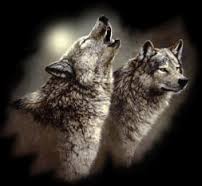 In Finland you can see wolves in
In Finland you can see wolves in 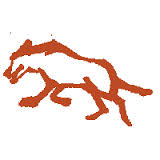
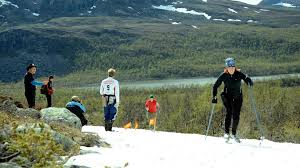



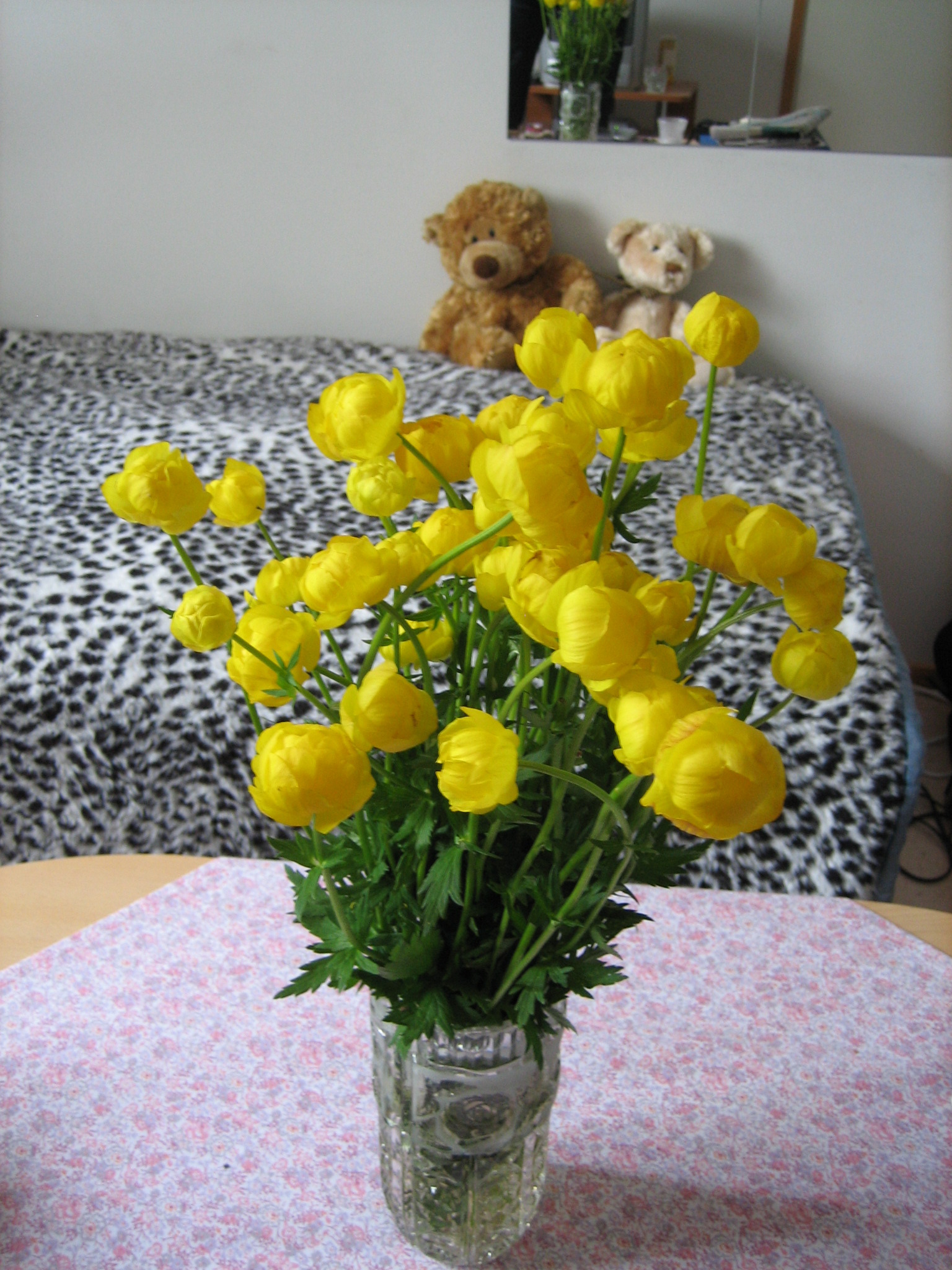
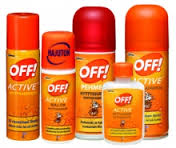


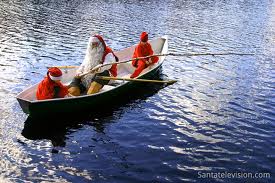

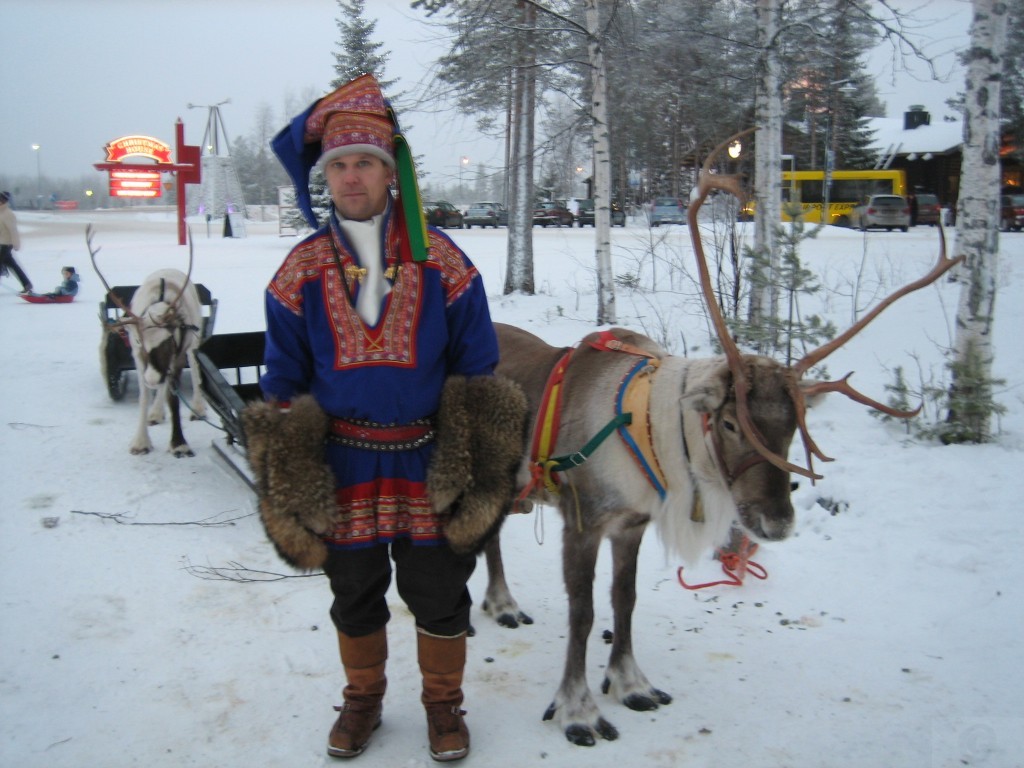
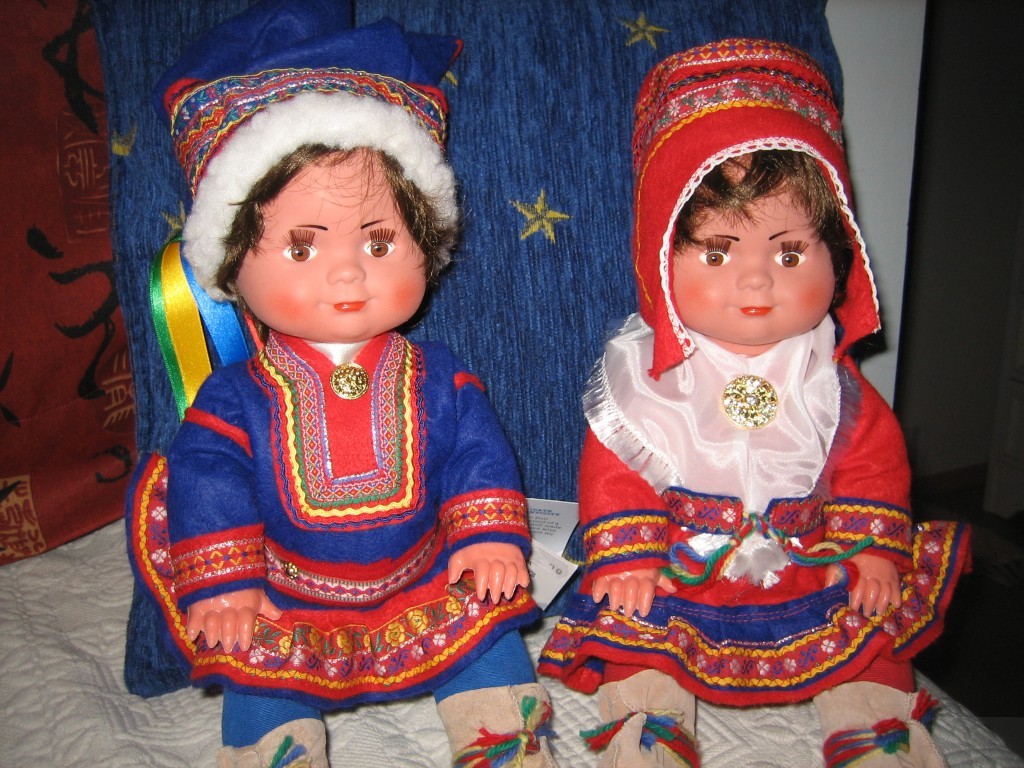
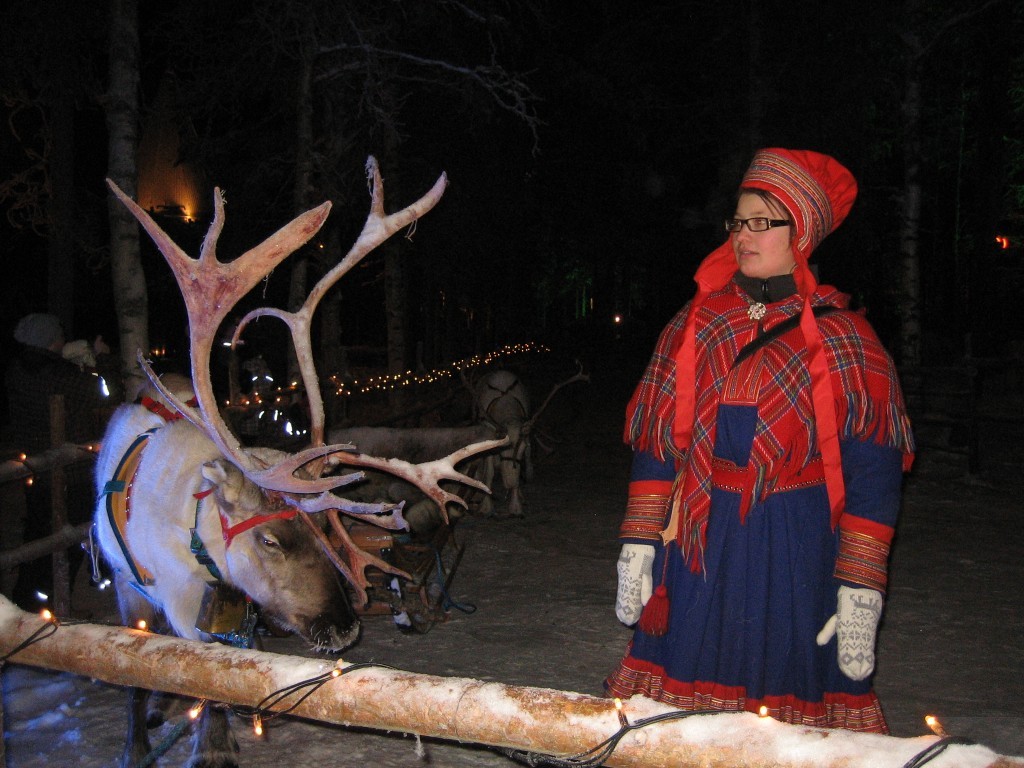
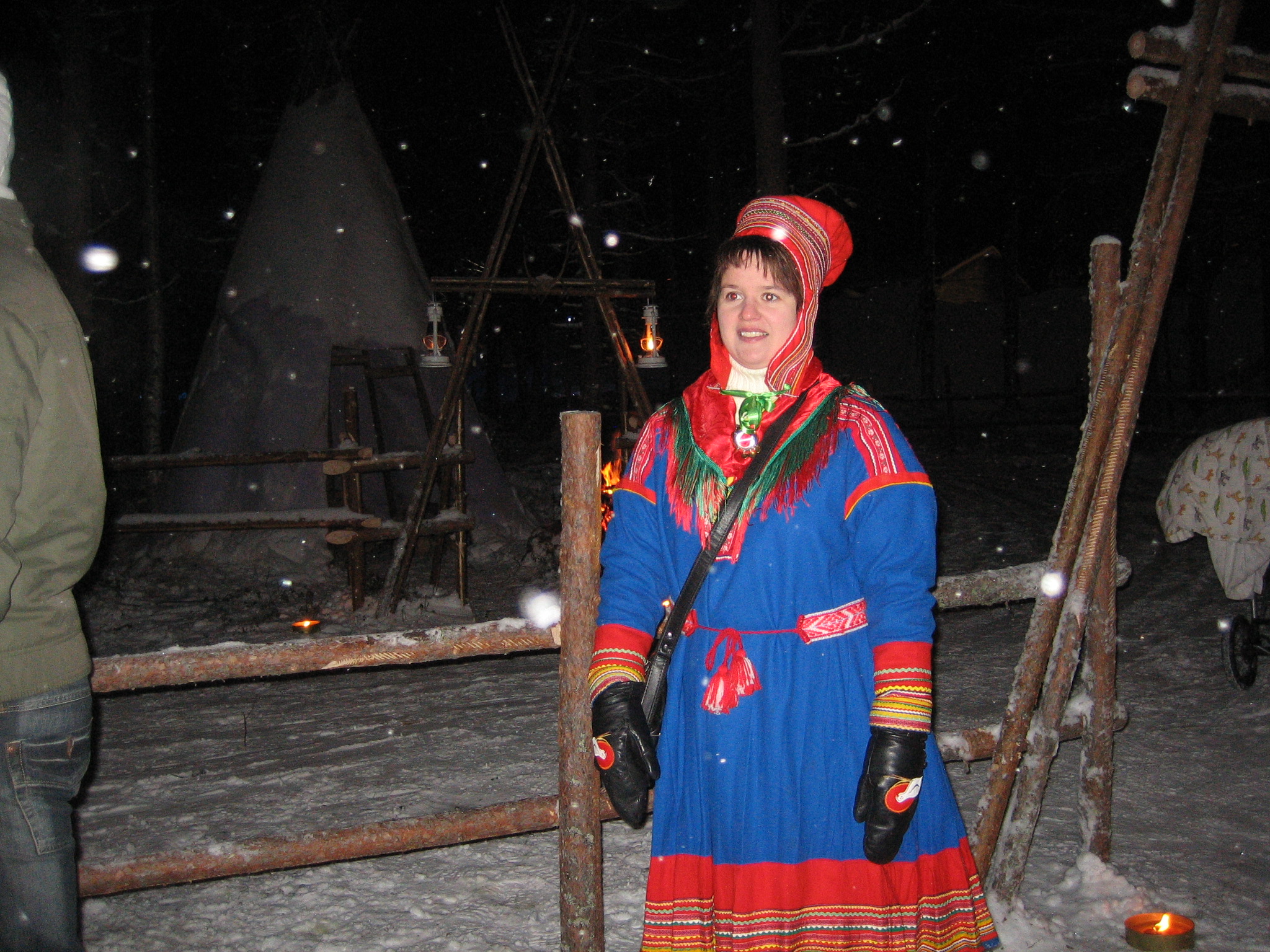






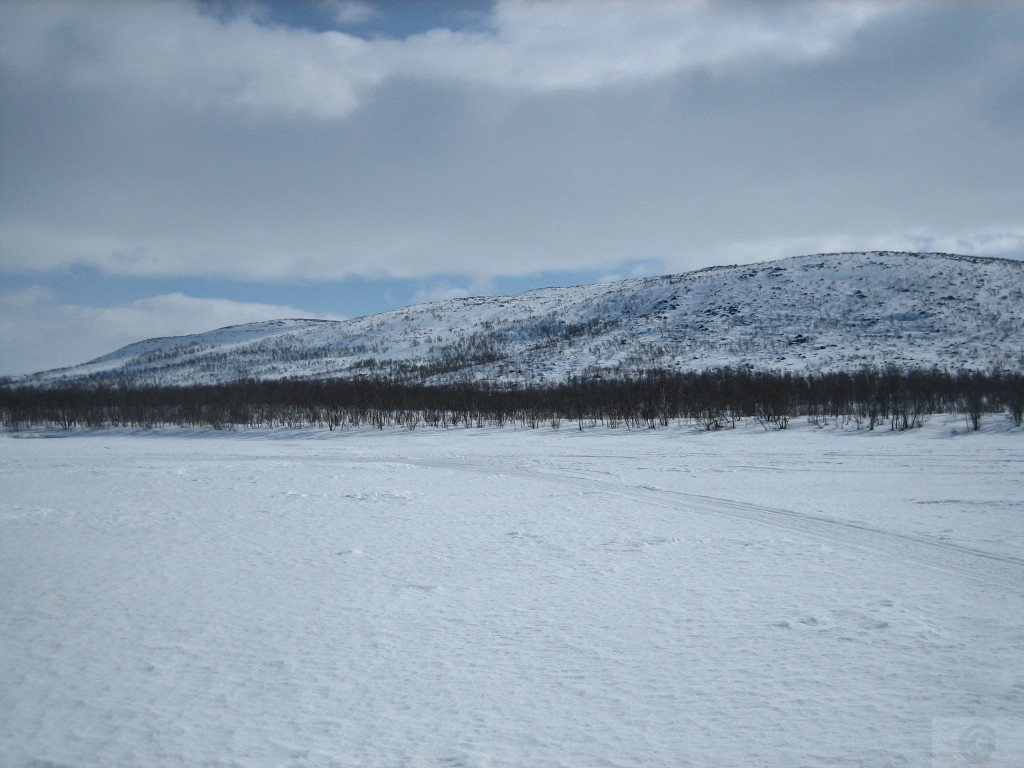
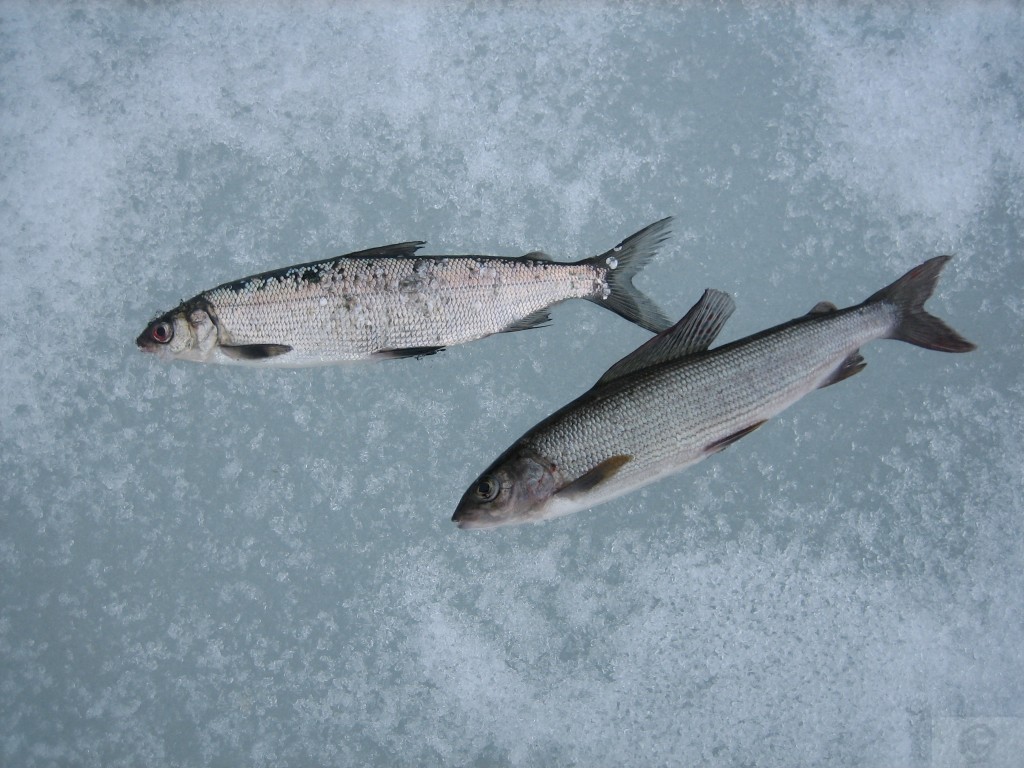
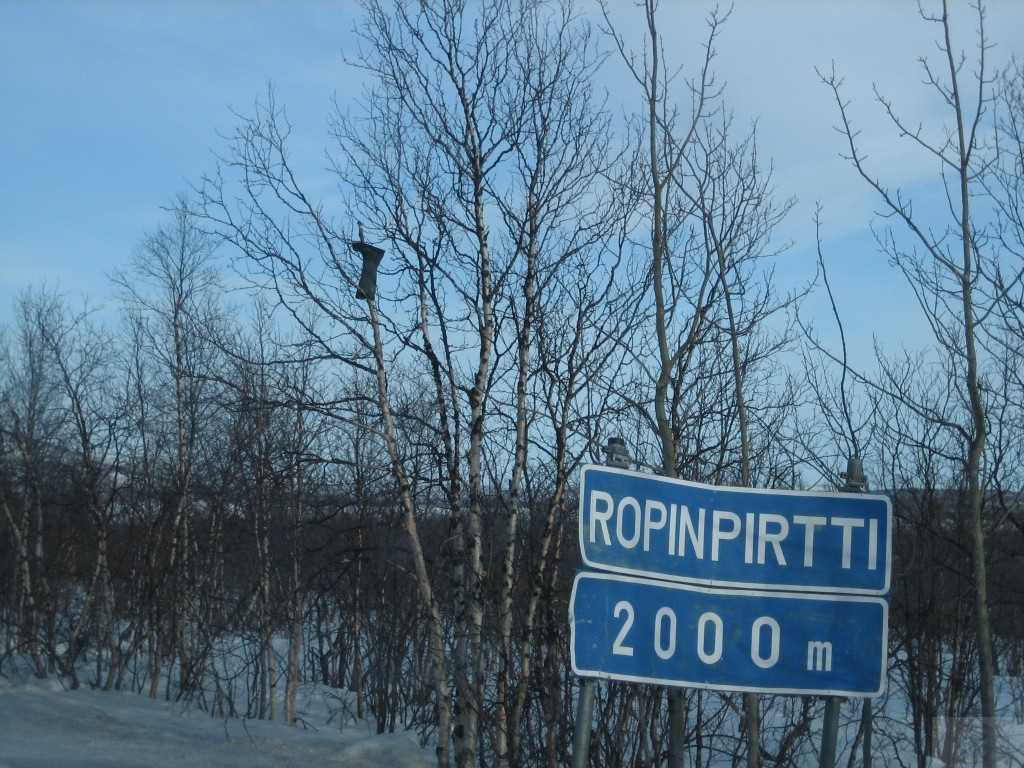
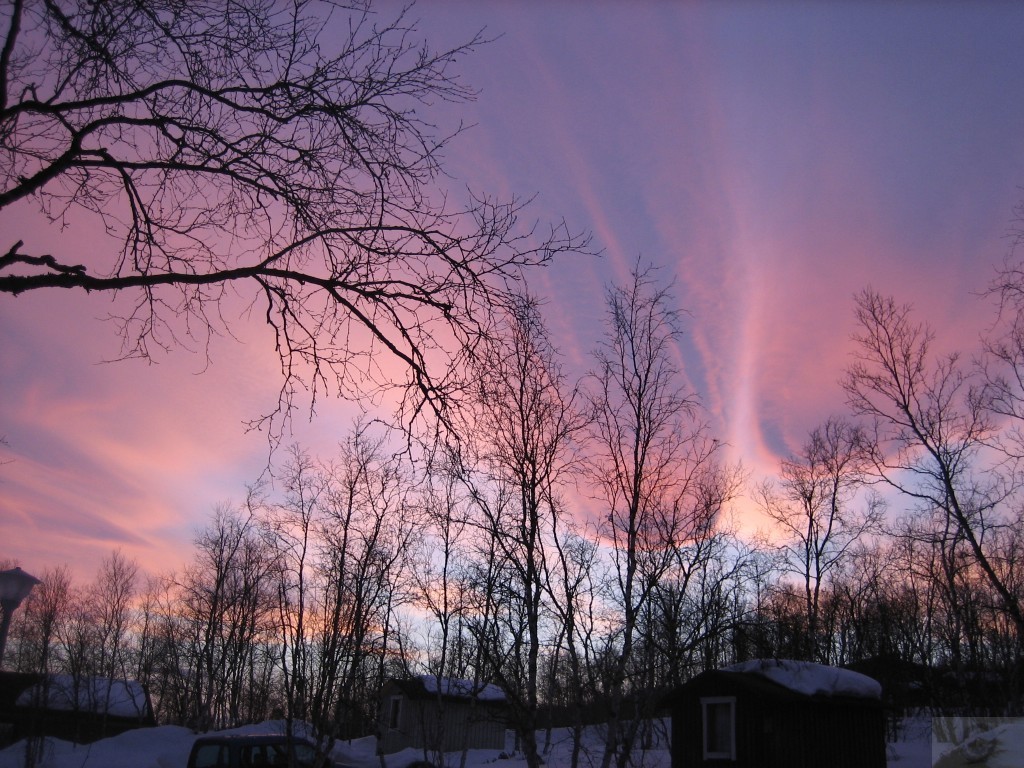
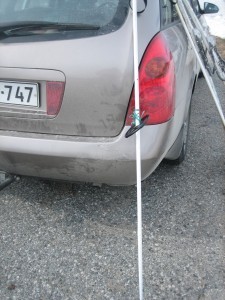
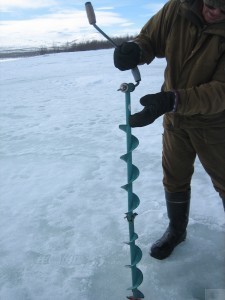
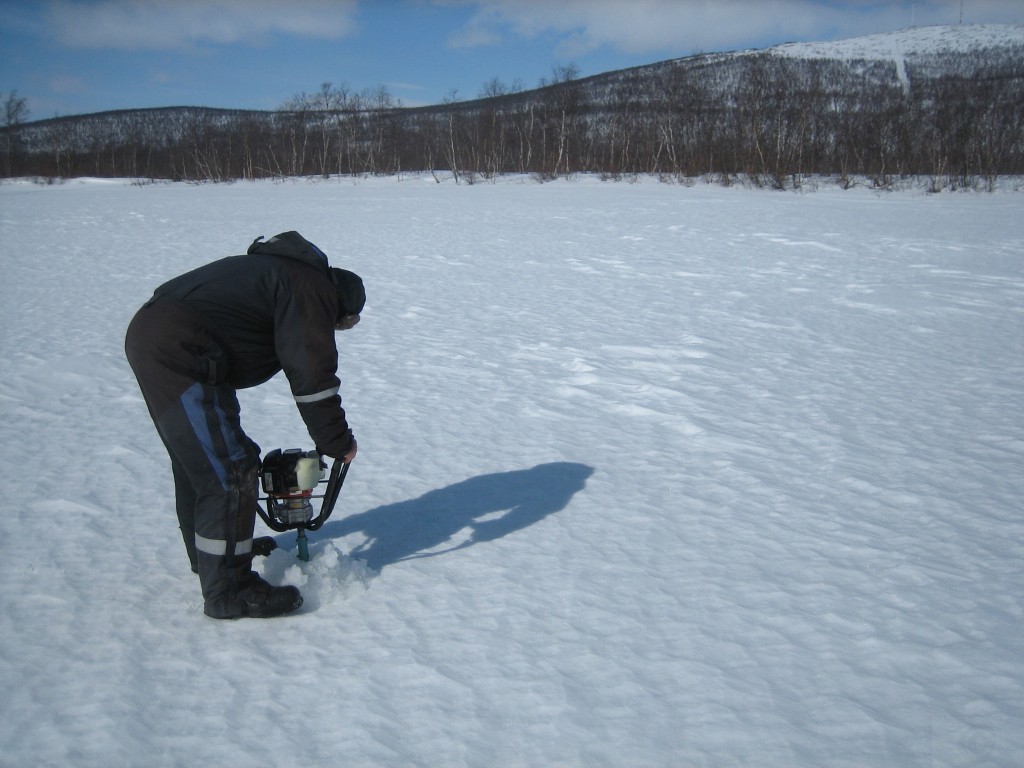
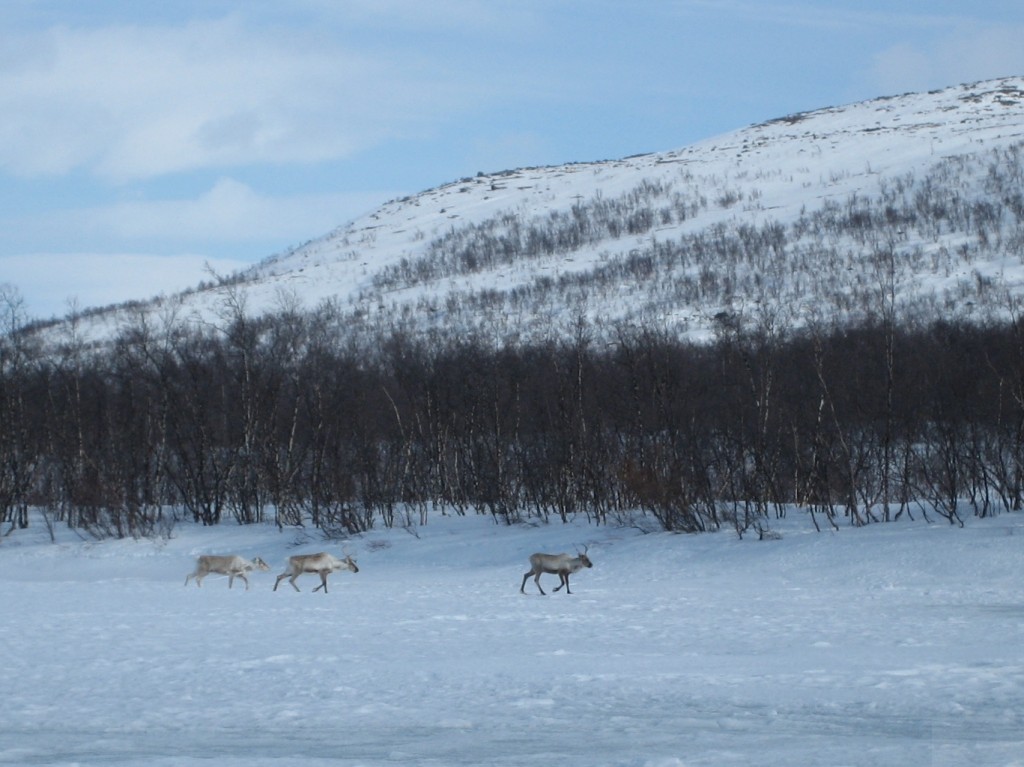
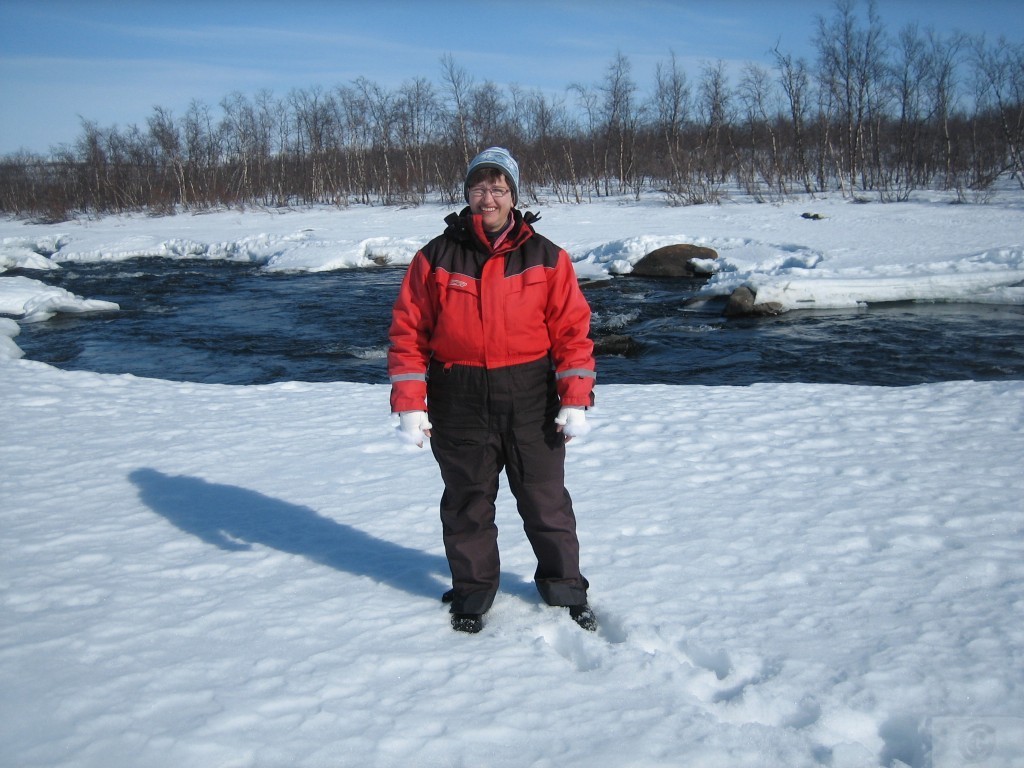
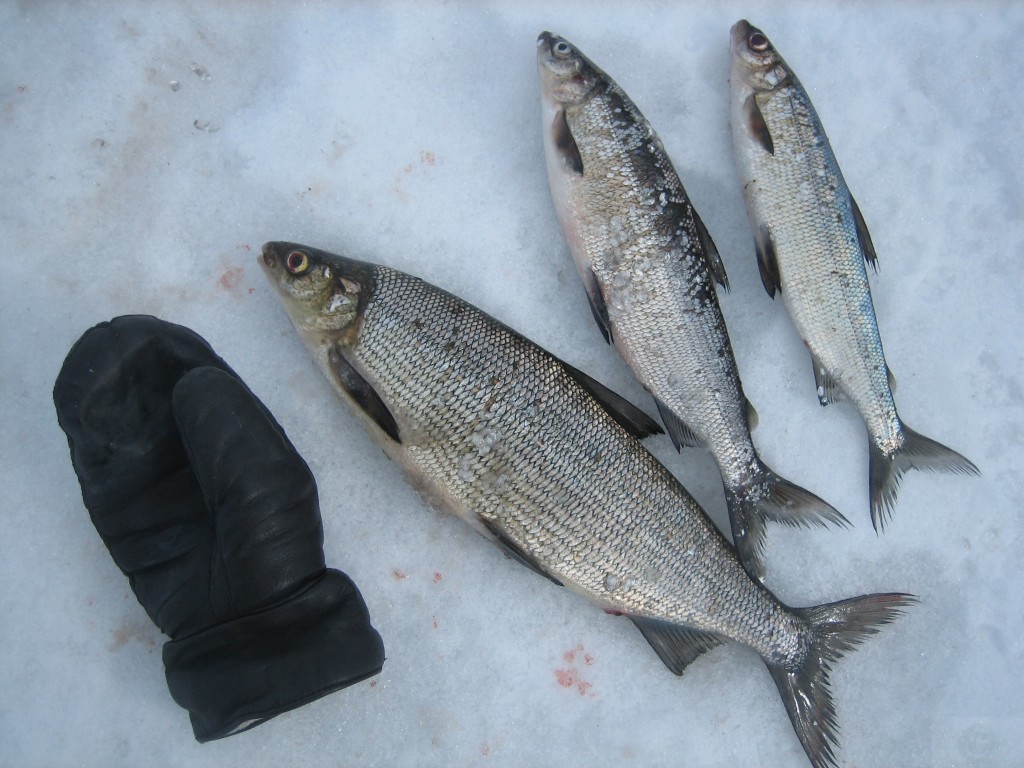
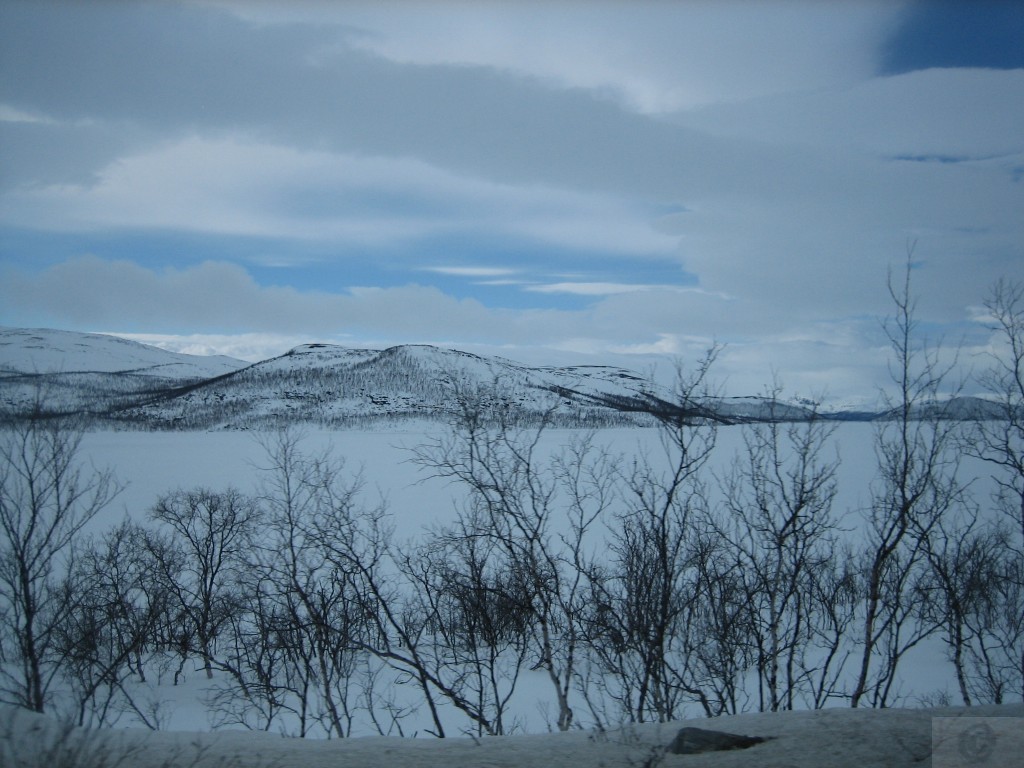
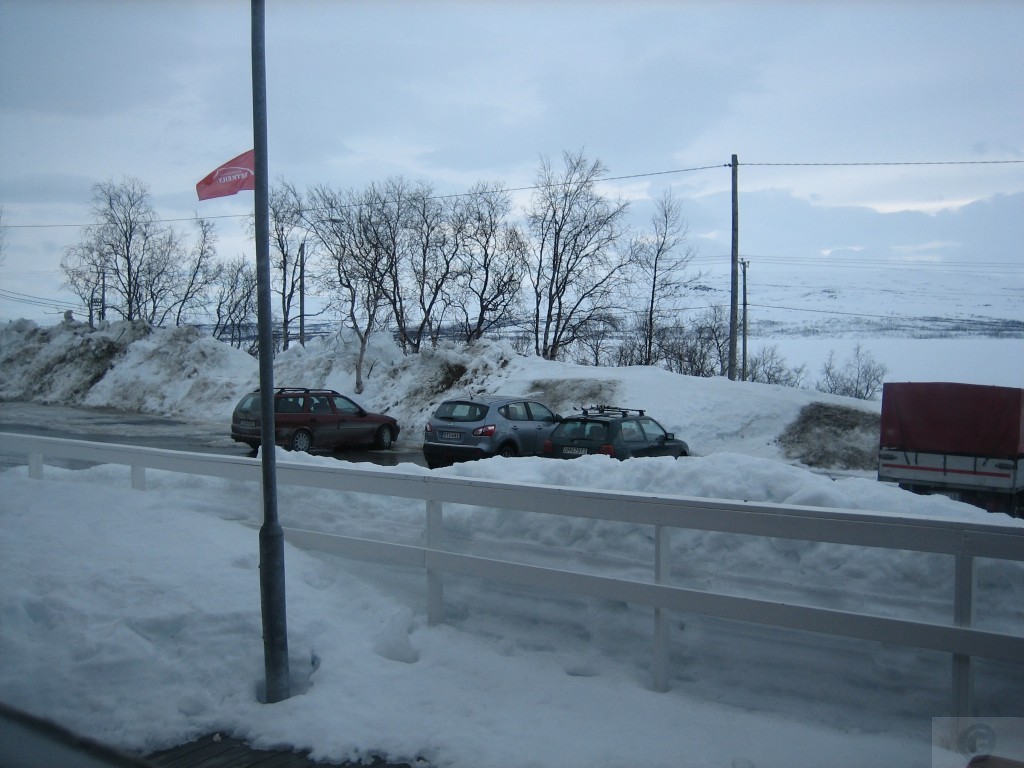
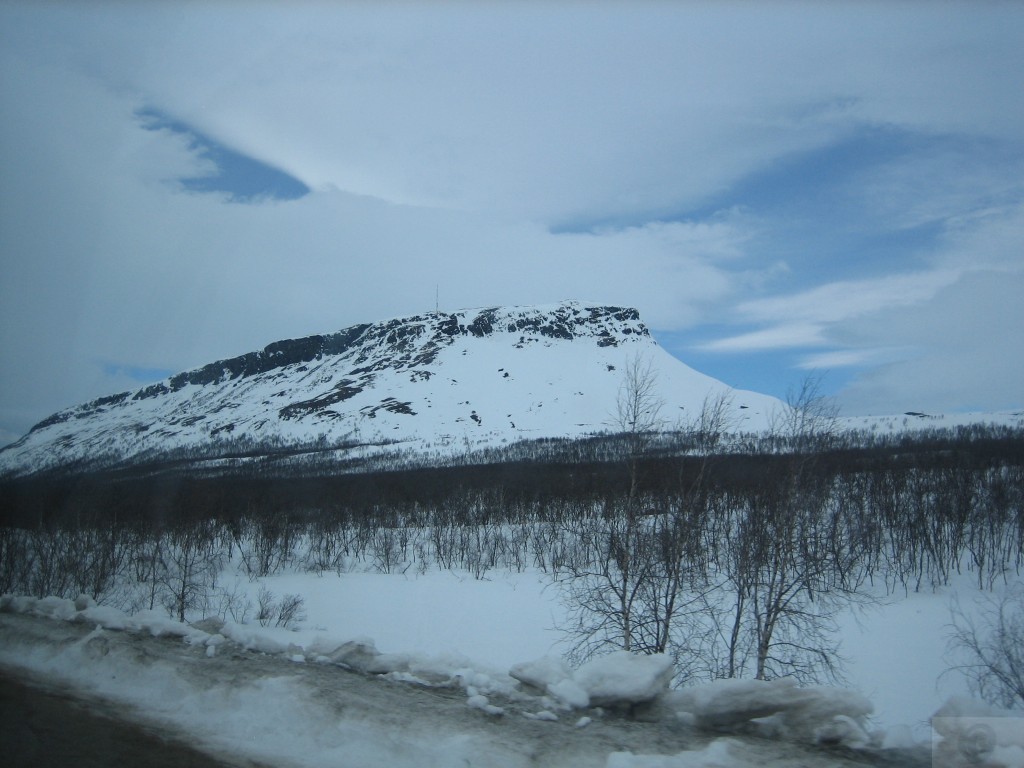
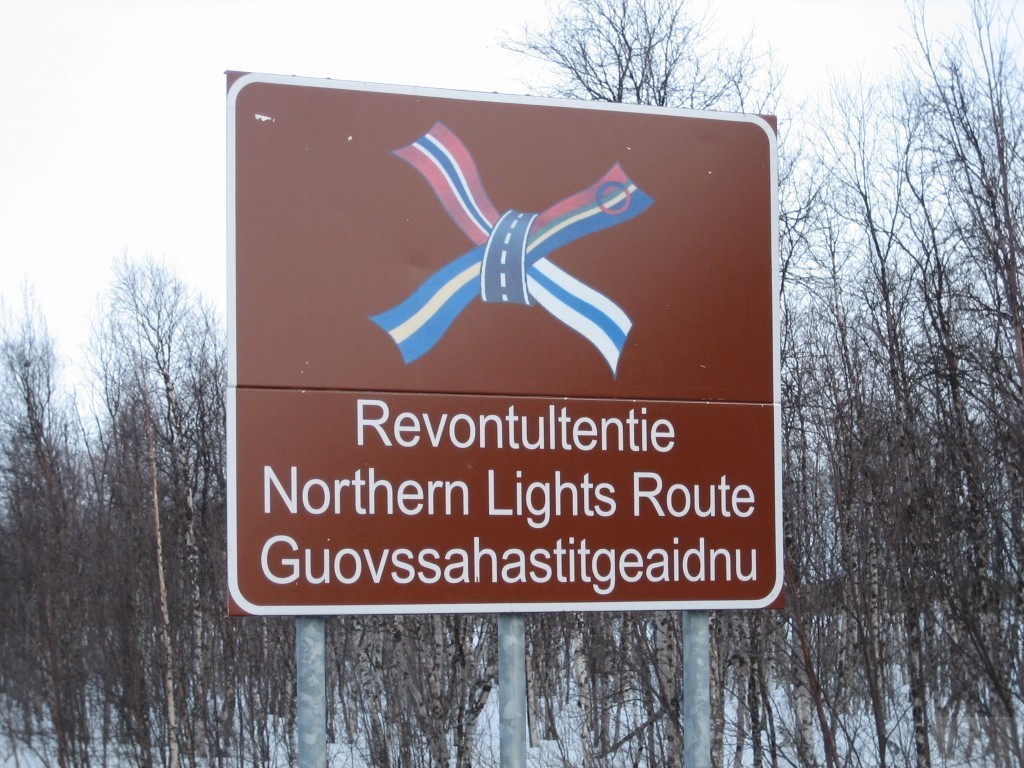



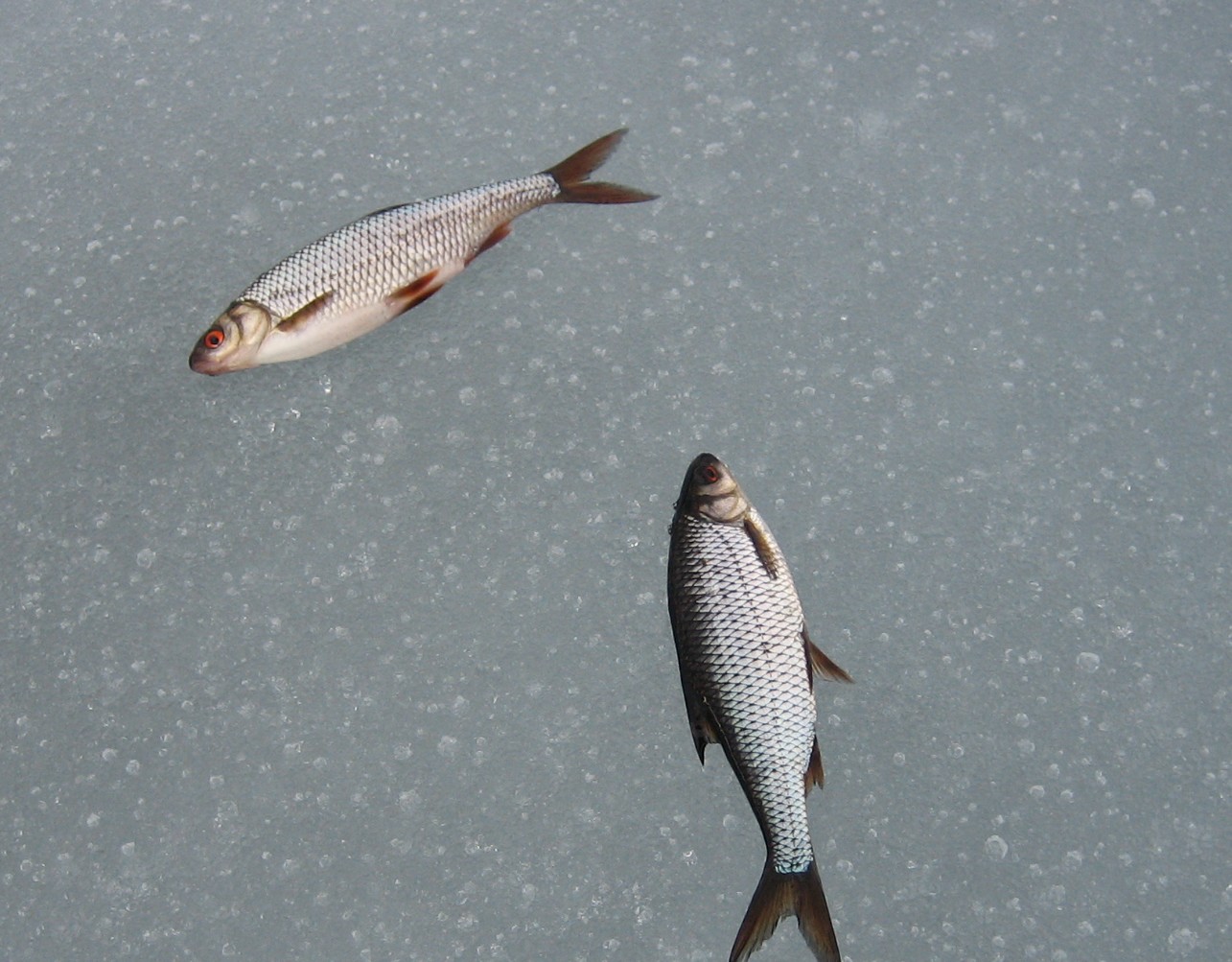





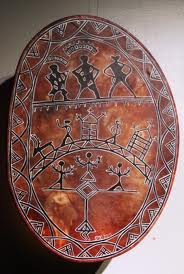




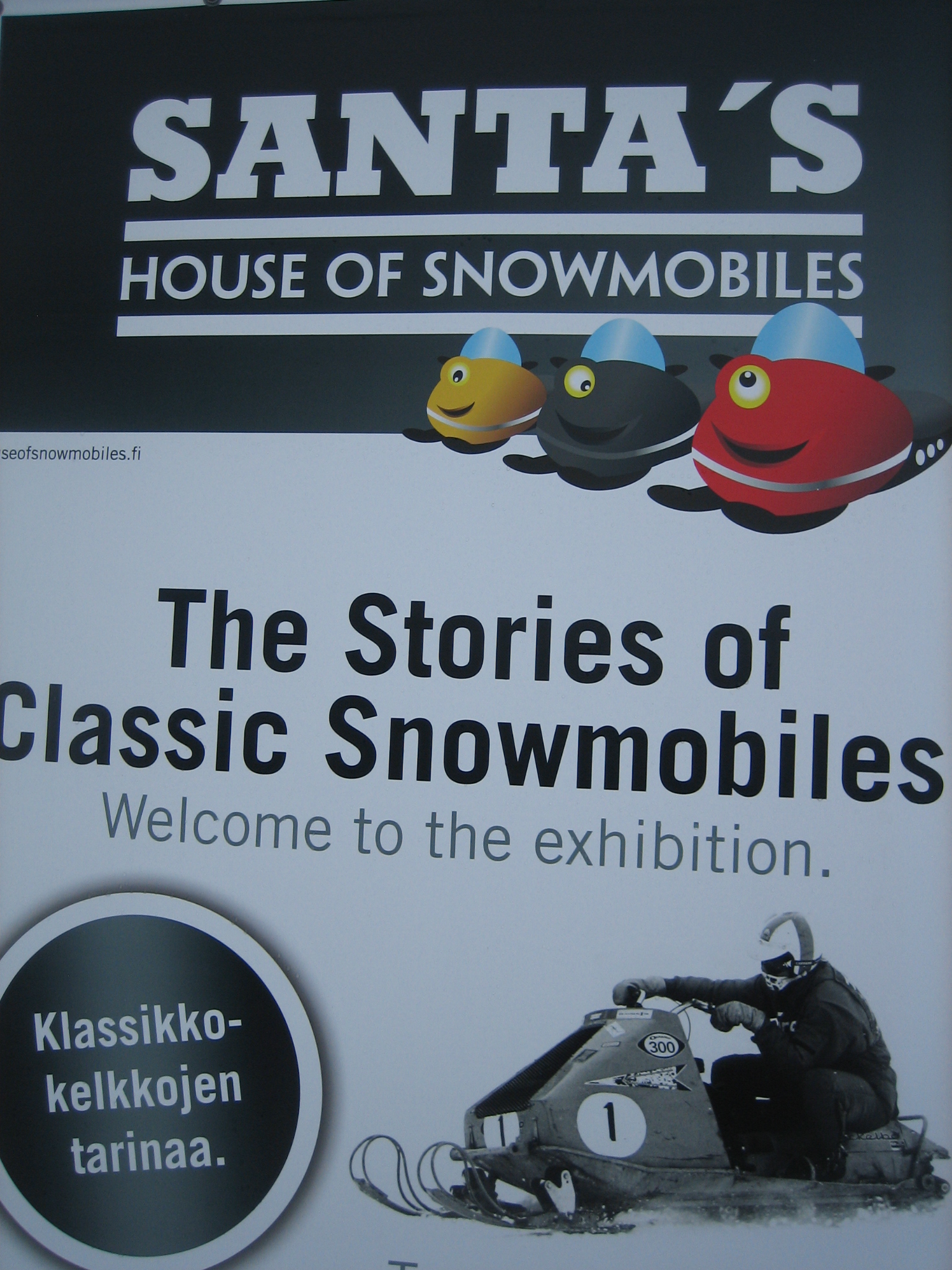

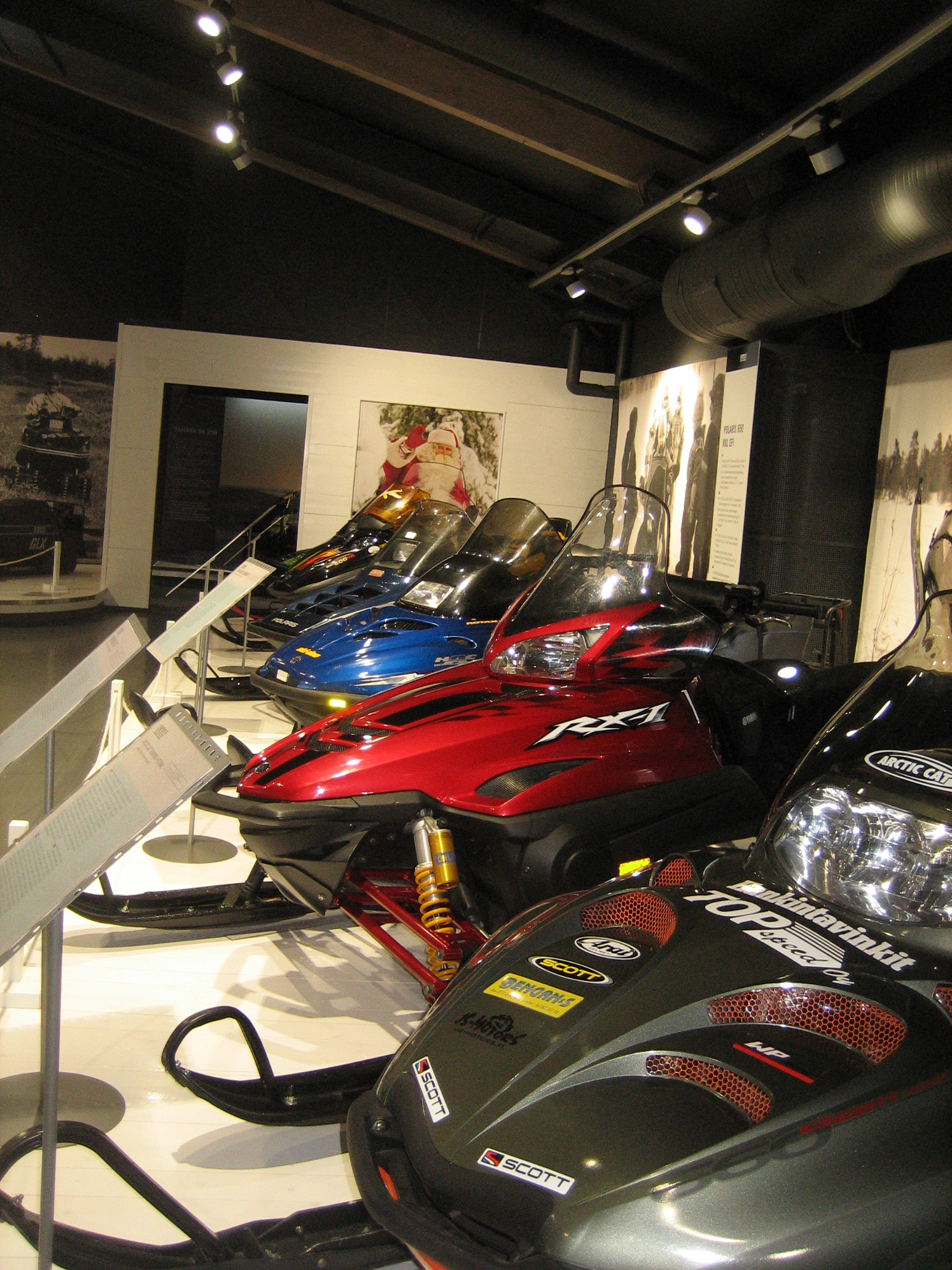


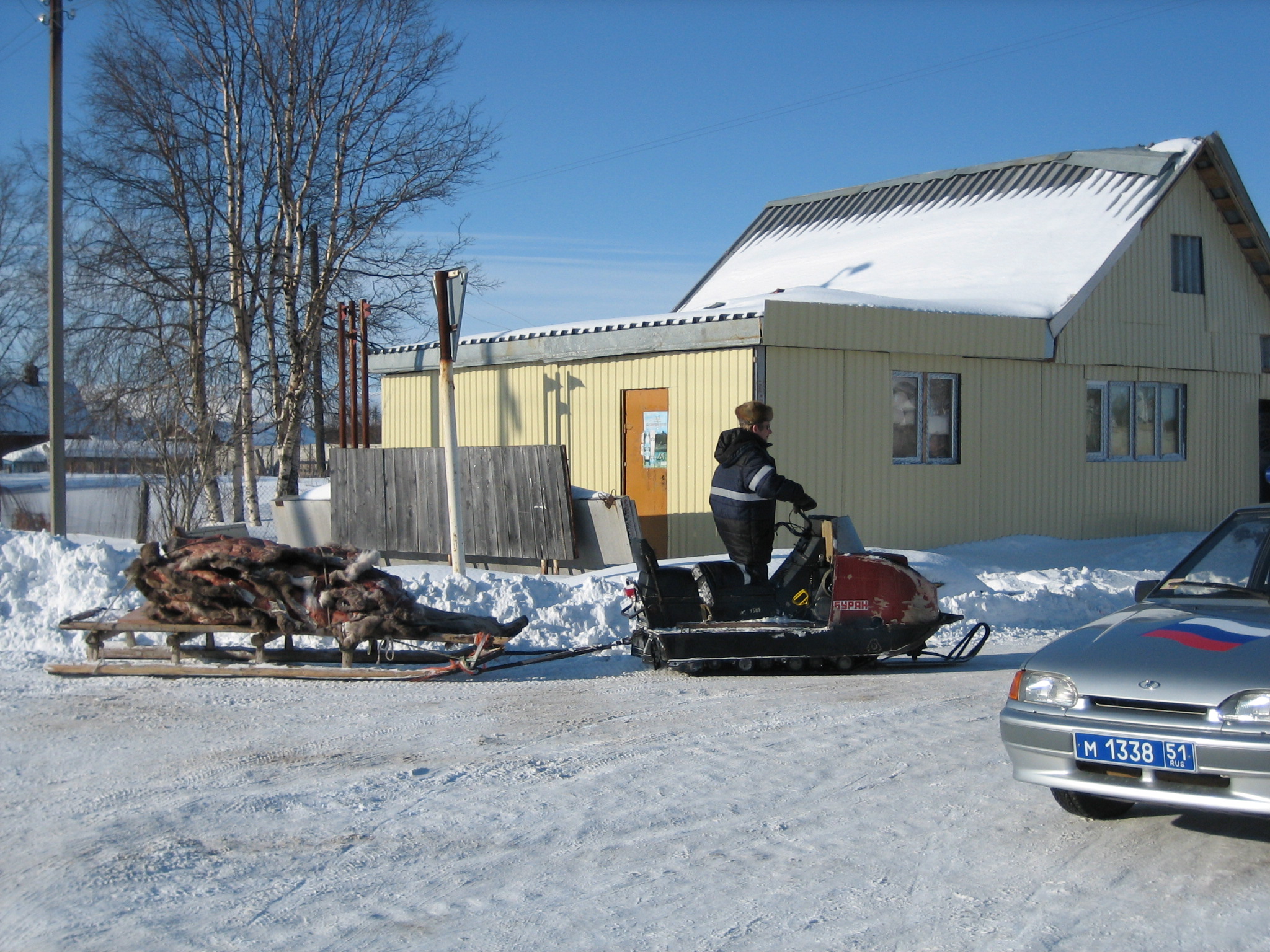
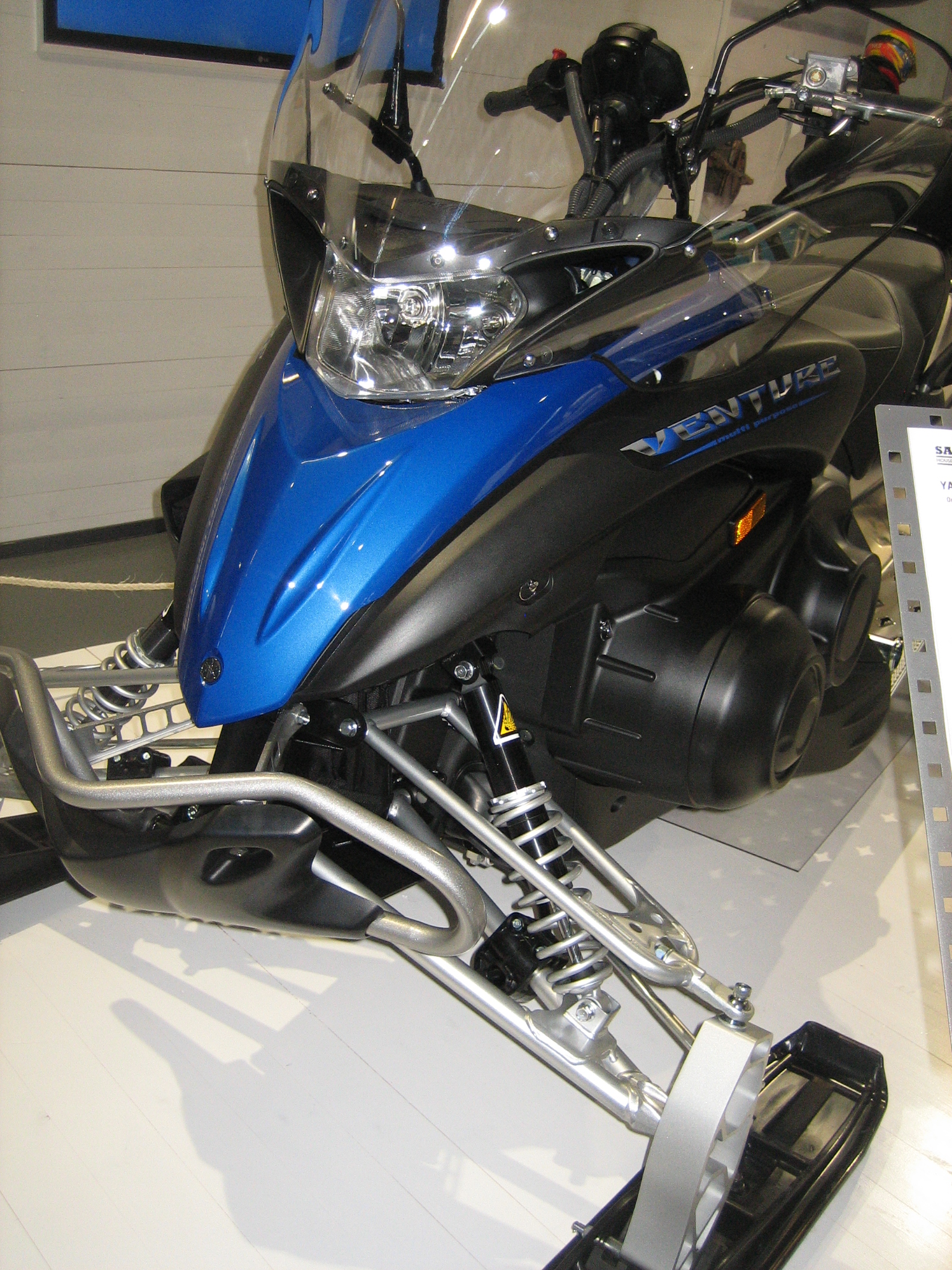








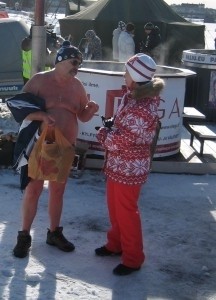
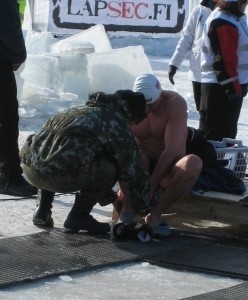






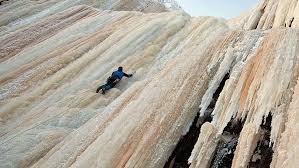





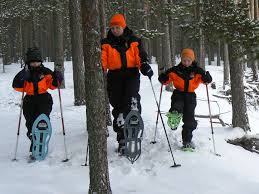
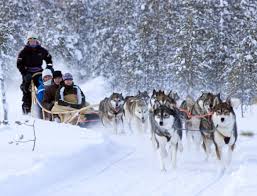



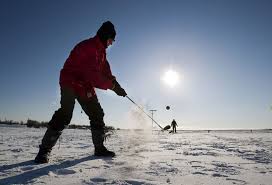
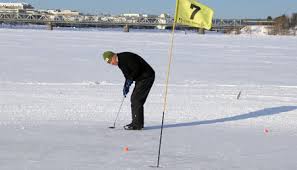







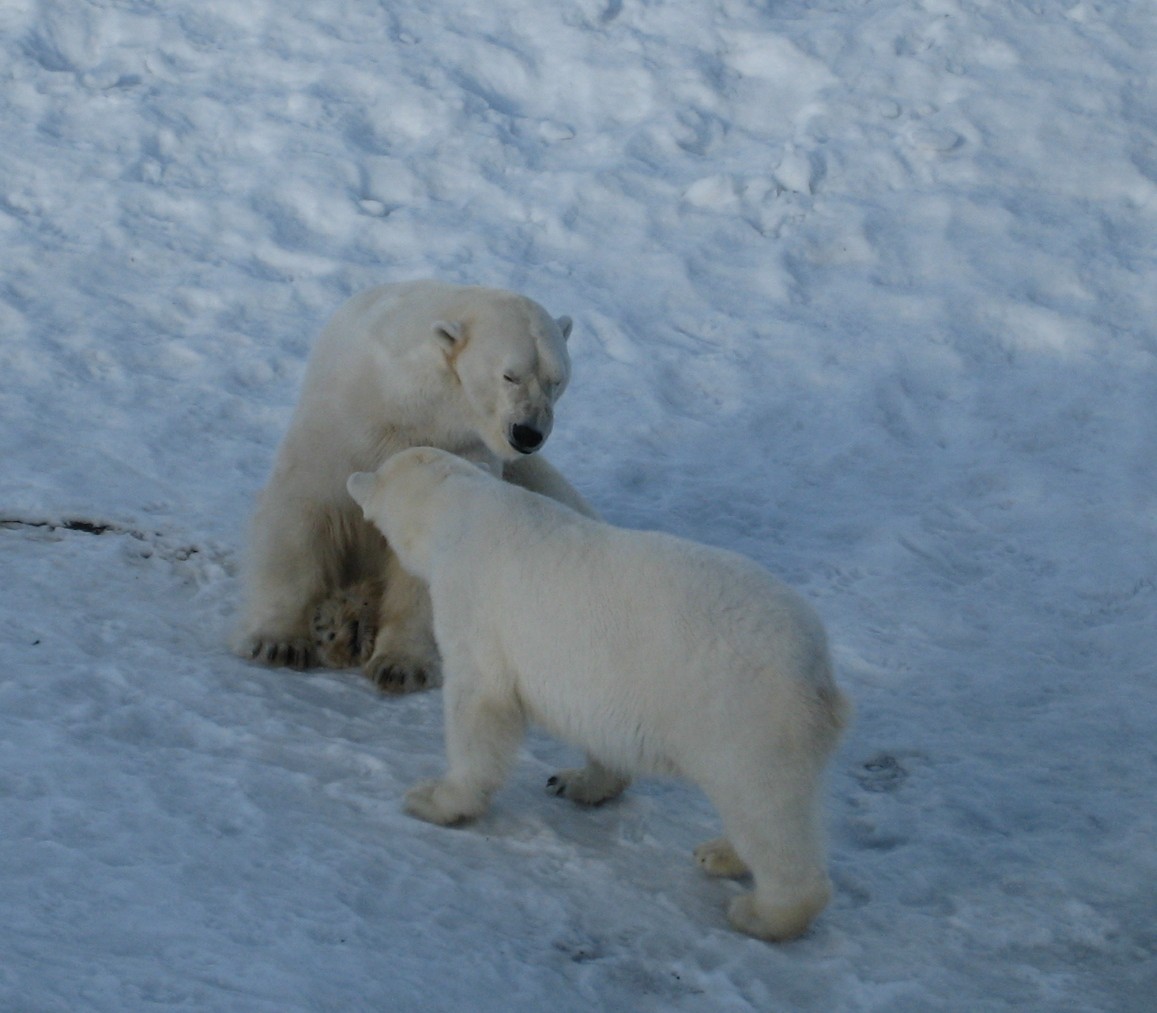


 Put the meat into a pot with melted butter or margarine and brown the meat. When all the meat has thawed and browned, add the water and salt. Reduce the heat and allow to simmer under the lid for 10-30 min. Serve with the buttered mashed potatoes and some lingon berries. This is absolutely my favorite reindeer food!
Put the meat into a pot with melted butter or margarine and brown the meat. When all the meat has thawed and browned, add the water and salt. Reduce the heat and allow to simmer under the lid for 10-30 min. Serve with the buttered mashed potatoes and some lingon berries. This is absolutely my favorite reindeer food!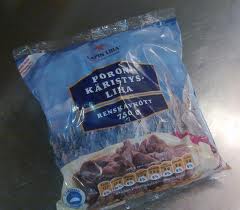
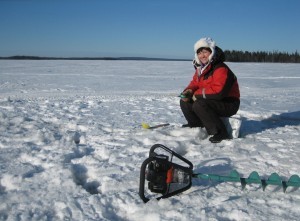 Even if the outdoor temperature is around 0 degrees, spending several hours outdoors, mostly sitting without moving, requires warm clothes. Best chances not to be cold you have wearing not only one warm cloth, but several layers, so to say. I use even up to 7 layers on my upper body and about 4 layers on my legs to keep me warm for several hours ice-fishing. I would definitely not enjoy ice-fishing if I had to be freezing all the time!
Even if the outdoor temperature is around 0 degrees, spending several hours outdoors, mostly sitting without moving, requires warm clothes. Best chances not to be cold you have wearing not only one warm cloth, but several layers, so to say. I use even up to 7 layers on my upper body and about 4 layers on my legs to keep me warm for several hours ice-fishing. I would definitely not enjoy ice-fishing if I had to be freezing all the time!
